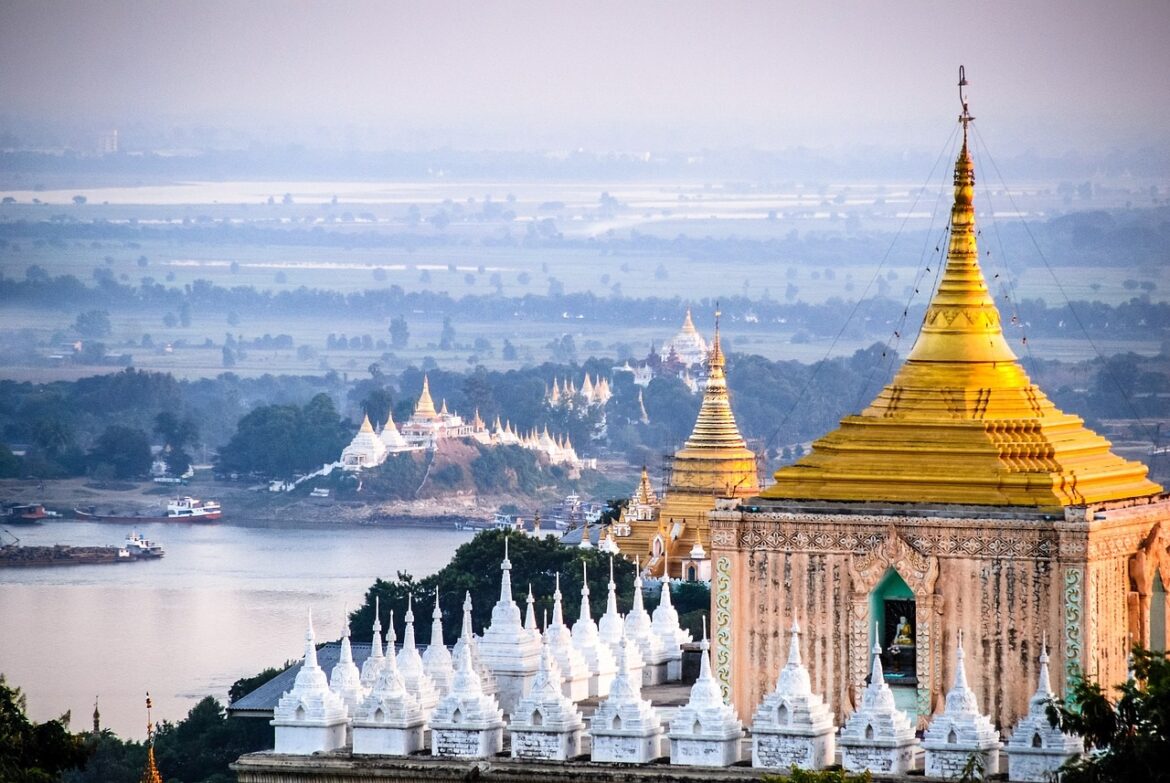The Eastern Economic Forum, which will open in Vladivostok on September 5, is a symbol of Russia’s economy adapting to a rapidly changing, often hostile, external environment.
Media reports that despite talk of Russia’s isolation, the EEF 2022 will draw participants from 40 countries, illustrating the country’s impending pivot to the East amid Western sanctions and the new Iron Curtain being put up by the EU and the US.
Among the Southeast Asian countries that sent delegations to Vladivostok was Myanmar, a state currently experiencing a serious socio-economic and political crisis and, like Russia, struggling for its sovereignty in a hostile environment. That is why it is no wonder that the two capitals, Nay Pyi Taw and Moscow, are taking steps towards each other in anticipation of the cumulative effect of joint projects.
Russian Foreign Minister Sergei Lavrov paid an official visit to Myanmar last month, leading to the signing of a host of promising documents and the outlining of a number of joint projects in areas ranging from energy to mechanical engineering. The two countries have summarised these in a signed strategy for economic cooperation.
In dry figures, this cooperation looks like this: in 2021, trade turnover between Russia and Myanmar reached $431.6 million, with an increase of 16.5% compared to 2020.
“In the first five months of 2022, the volume of mutual trade grew by another almost 50% compared to the same period in 2021 to $174.8 million,” the Russian Foreign Ministry said.
And the amount of accumulated Russian investment in Myanmar’s economy had already reached $94 million by 2019, of which $38.3 million had been invested by Bashneft.
Russia currently exports an impressive list of products to Myanmar, including highly processed goods: weapons, machinery, equipment and vehicles (including Kamaz trucks), chemical products, food, minerals, metals, and paper-and-pulp products. Russia buys textiles, ready-made garments, shoes, rice and fruit from Myanmar.
Myanmar’s interest is understandable: Russia is important to Myanmar not only as a security and defense partner, as described below, but also as a supplier of liquefied natural gas, oil and fuel oil.
The aviation authorities of the two countries are also working on opening direct air links, which, together with the expected permission to accept Russian MIR cards at local ATMs, may boost tourism, which is currently at around zero level. Moreover, Myanmar got on the act and introduced a visa-free regime for Russian tourists from July 1, 2022 to June 30, 2023.
Another promising area for Russian business in Myanmar could be the modernization of the country’s national energy system. Myanmar is interested in this,
A few words on cooperation with Myanmar in the defense industry. Over the past 20 years, Myanmar has bought 20 MiG-29 fighter jets, 10 Mi-35 helicopters and 12 Yak-130 combat training aircraft from Russia. In 2018, a contract for the purchase of six Su-30SM fighter jets was concluded, which is now under implementation.
Other projects of interest to Myanmar include a nuclear project. The country is actively industrialising, while trying to depend on the West as little as possible. Hence the interest in Russian technology and specialists. Russian participation in Myanmar’s nuclear infrastructure, the development of nuclear medicine and the construction of nuclear research reactors and accelerators of charged particles are promising.
400 total views, 2 views today



